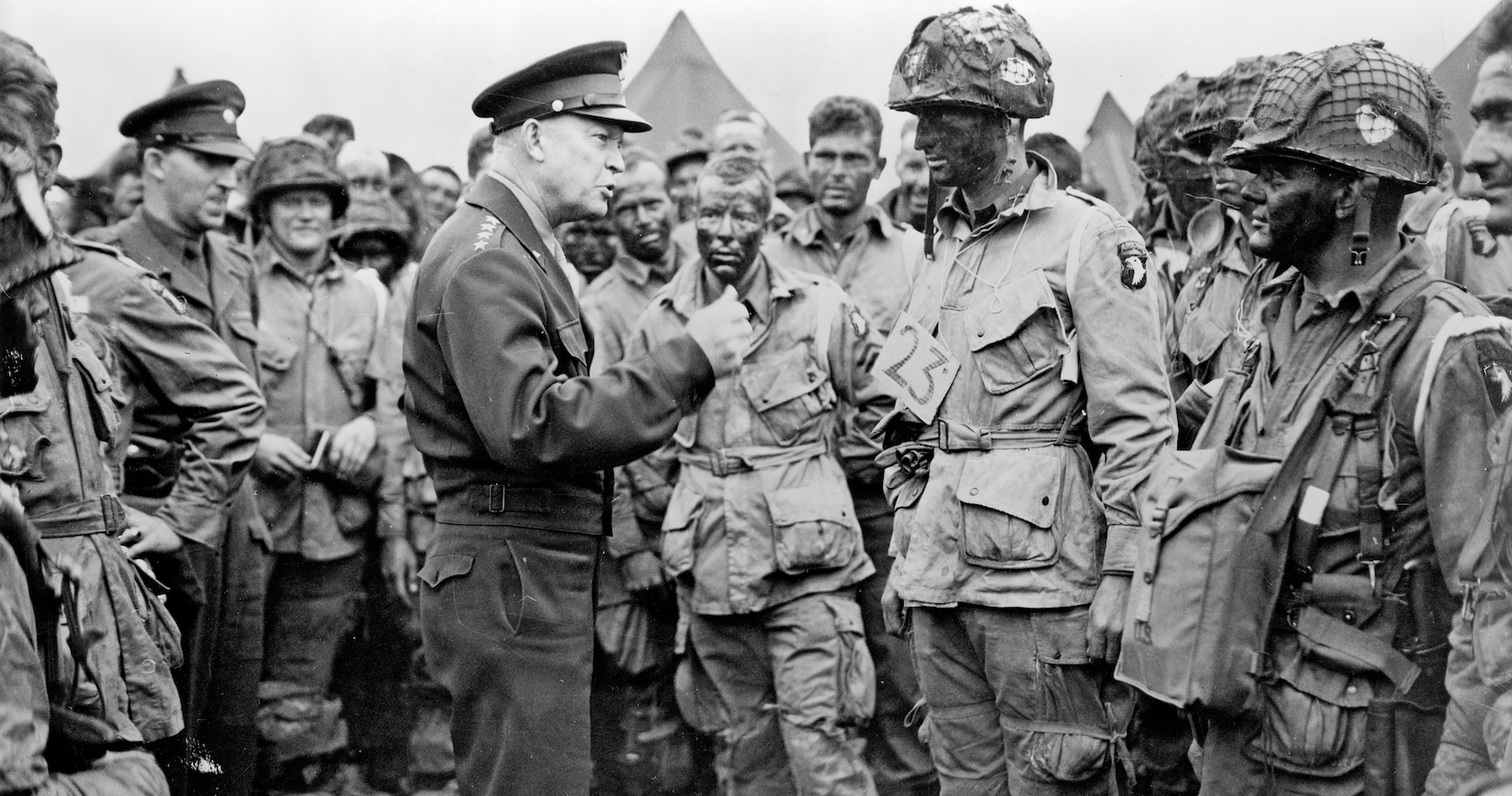You don’t need more hours.
You need fewer decisions.
Eisenhower figured this out the hard way.
Dwight D. Eisenhower ran two of the most complex organizations on earth – Allied forces and later the United States. He was famous for a simple habit:
He separated the urgent from the important – and refused to treat them as the same thing.
That’s the essence of the Eisenhower Quadrant. Four boxes. One rule: win by knowing what not to do.
When weather threatened the D-Day invasion, he didn’t sprint into every frantic task. He focused on the important decision only he could make (go/no-go), delegated the merely urgent updates to his commanders, and ignored the noise.
That clarity – what’s mine, what’s theirs, what’s later, what’s never – is how he maintained unusual productivity across impossible workloads.
Try his system today:
- Quadrant I (Important + Urgent): Do it – briefly.
- Quadrant II (Important + Not Urgent): Schedule it – protect it like a client meeting.
- Quadrant III (Not Important + Urgent): Delegate or create a rule so it never lands on your plate again.
- Quadrant IV (Not Important + Not Urgent): Delete. Make a “Not-To-Do” list and celebrate crossing items off without doing them.
🧠 Key Takeaway
If everything feels urgent, your calendar is lying to you. The win is in Quadrant II – the work that prevents future fires: systems, hiring, pricing, partnerships, customer success. That’s where compounding lives.
Productivity isn’t doing more, it’s deciding less. Use the four boxes to choose what you’ll do, schedule, delegate, and delete – then measure your week by how much Quadrant II work you protected.
If you implemented one “don’t-do” rule this week, what would it be?
